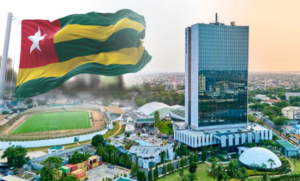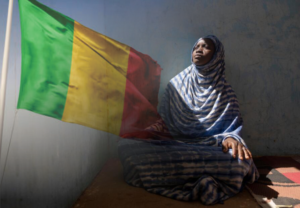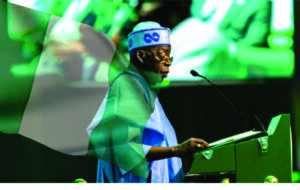Africa’s Fuel Price Surge: An August 2025 Outlook
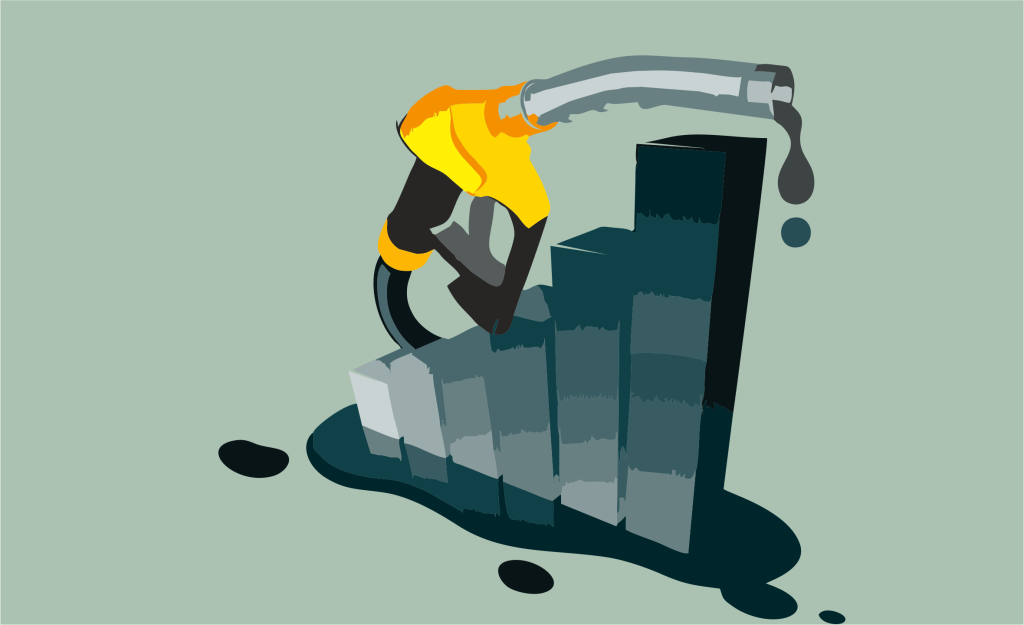
Across Africa, fuel remains one of the most potent levers shaping daily life and the broader economy. In August 2025, a convergence of global and local pressures of the volatility of crude prices, currency devaluation, disrupted logistics and retreating subsidies, is driving up pump prices. Multilevel socioeconomic inflation fortress the immediate repercussions of this convergence; as rising public transport fares, surging delivery and production costs, shriveled household budgets, and mounting challenges on businesses. Most African governments’ mix of emergency relief and structural reforms palliatives, are just a handful of responses, which is making many African citizens remain under strained individual economy.
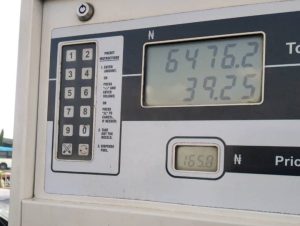
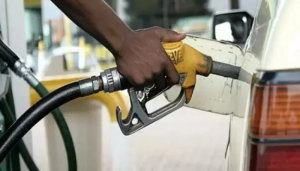
Highest Fuel Prices in 10 African Countries: While comprehensive GlobalPetrolPrices data for August 2025 remains unavailable, recent reports for June and July reveal a persistently steep increase in fuel costs—especially in nations heavily dependent on fuel imports, subsidized less, or struggling with weak currencies.
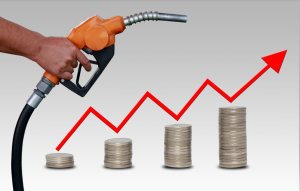
July 2025, fuel pricing snapshot in 10 African countries, which likely reflects ongoing trends in August 2025:
| Rank | Country | Fuel Price (USD/litre) | Notes & Context |
| 1 | Central African Republic | $1.869 | Import-dependent, limited refining, unstable currency |
| 2 | Senegal | $1.762 | Subsidy cuts, currency pressure, port congestion |
| 3 | Zimbabwe | $1.560 | Inflation, forex shortages, import reliance |
| 4 | Ivory Coast | $1.522 | Subsidy rollback, rising transport costs |
| 5 | Burkina Faso | $1.513 | Landlocked, transit tariffs via neighboring ports |
| 6 | Cameroon | $1.495 | Currency weakness, underused refining, VAT effect |
| 7 | Malawi | $1.457 | Currency depreciation, high transport costs |
| 8 | Uganda | $1.437 | Weak shilling, fuel subsidy reductions |
| 9 | Morocco | $1.436 | High taxes, subsidy removals |
| 10 | Kenya | $1.428 | Import dependency, subsidy pressures |
Why August 2025 Likely Mirrors July Trends is because of persistent driving factors such as Currency erosion, subsidy reforms and transportation bottlenecks, which has remained unaddressed in these countries, causing continued upward pressure on prices. On the other hand, Global oil dynamics wields global crude prices in moderation, with Brent projection at $60 – $70 per barrel.
Even with the global oil interference, most of these countries’ prices haven’t yet benefited nor impacted their citizens, due to delayed transmission directly on their economic frontline, weak currencies and supply chain rigidity.
Some of the direct implications, broader impacts and responses from these countries’ societies are as follow:
- Economies Strained: Consumers face higher costs for transportation and essential goods; businesses struggle with spiking operational expenses.
- Protests/Unrest: In Angola, rising diesel prices led to violent protests in late July 2025, resulting in dozens of deaths and arrests.
- Government Measures: Kenya and Egypt are offering temporary subsidies; South Africa is using strategic reserves to manage supply; Nigeria is providing public transport fare relief.
- Structural Shifts: Nigeria is accelerating vehicle conversion to compressed natural gas (CNG), targeting millions of conversions by 2027 to reduce reliance on expensive petrol.
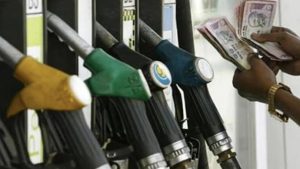
Central African Republic, Senegal and Zimbabwe continue to lead Africa’s most expensive fuel markets, with prices nearing or exceeding $1.50 per litre in August 2025. As global crude prices show early signs of easing, the outlook hinges on domestic economic management, currency stability and supply improvements.
However, for now, African consumers and economies remain under pressure.
Source: GlobalPetrolPrices | CediRates | Tribune Online | aiccafrica.org | Wikipedia | Reuters | AP | Financial Times
